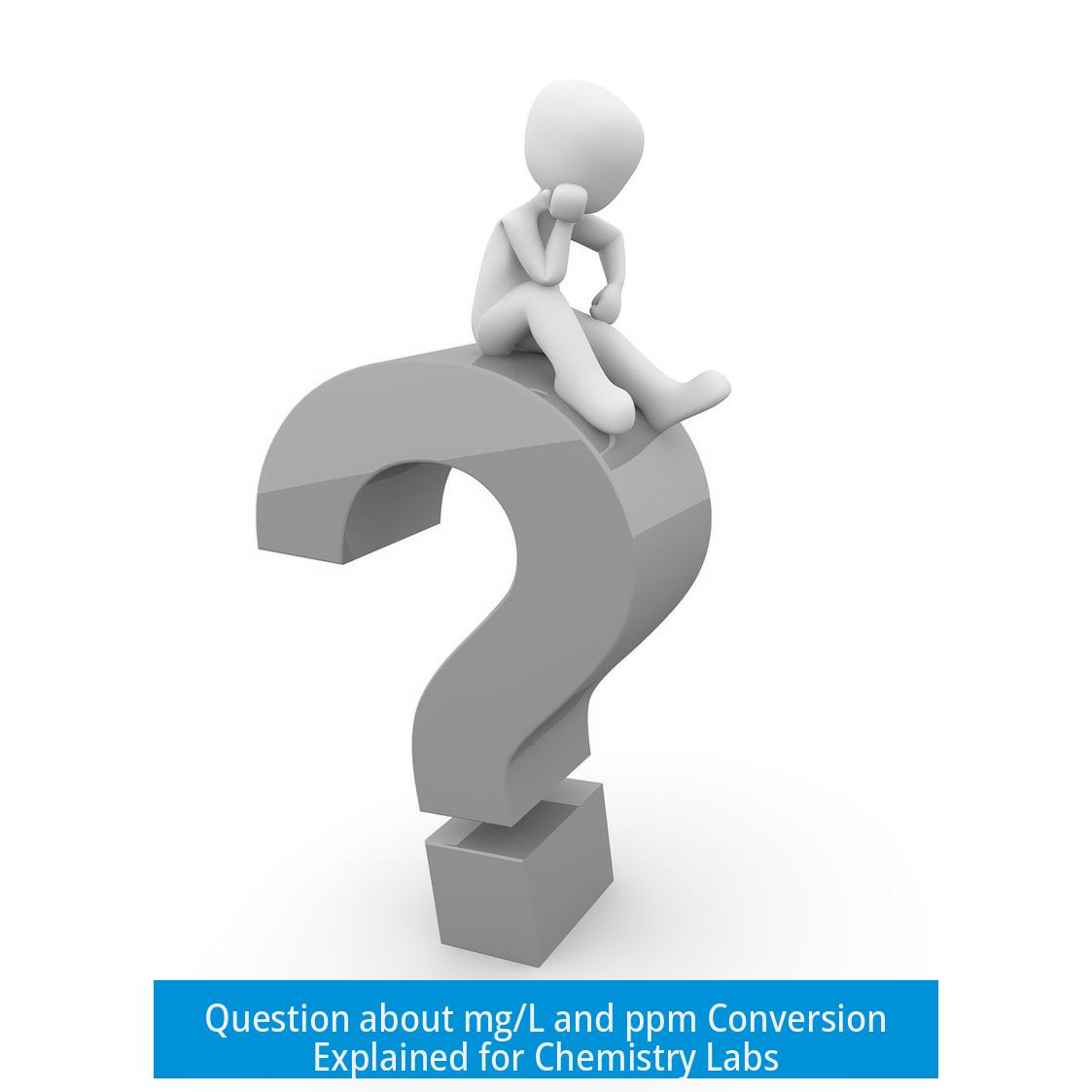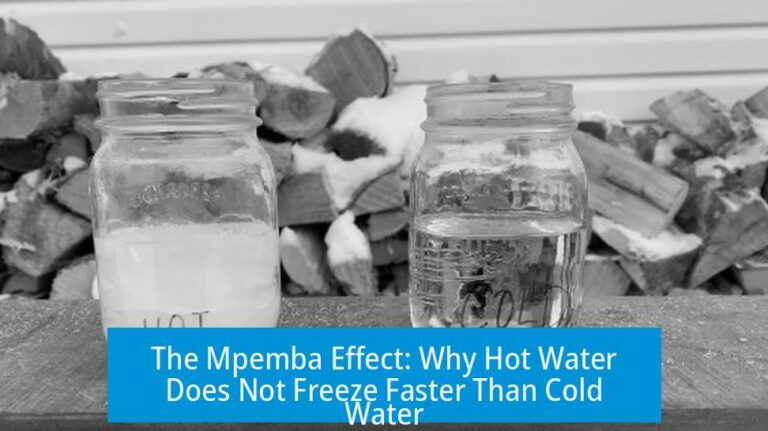Understanding mg/L & ppm Conversion in Chemistry and Analytical Labs
Mg/L and ppm are sometimes treated as equivalent in aqueous solutions, but this equivalency depends on the specific gravity of the solution and the basis (weight/volume or weight/weight) used in expressing concentration. This article clarifies the assumptions, distinctions, and practical issues surrounding mg/L to ppm conversions in analytical chemistry, particularly for water samples.
Basic Definitions
- mg/L (milligrams per liter): Mass of solute in milligrams dissolved in one liter of solution. This is a weight/volume (w/v) measure.
- ppm (parts per million): Generally denotes mass of solute per mass of solution (w/w), but its exact meaning depends on context. It is often expressed as mg per kg.
Because 1 liter of water weighs approximately 1 kilogram (specific gravity ~= 1), mg/L and ppm numbers tend to match numerically for dilute aqueous solutions, although they represent different physical bases.
Assumption of Equivalence: When mg/L = ppm
In water labs, scientists often report chemical concentrations in mg/L and treat them as ppm for simplicity. For instance, a concentration of 10 mg/L in water roughly equals 10 ppm, assuming the water’s specific gravity is 1 and the solution is dilute.
This approximation is widely used because:
- Water density is close to 1 kg/L under standard conditions.
- Solute concentrations are low enough to minimally affect density.
- Lab instruments like ICP-MS report values often assuming this equivalence.
However, this equivalence breaks down if the solution density differs significantly from water or if concentrations become very high.
The Role of Specific Gravity (SG) in Conversion
Specific gravity is the ratio of a solution’s density to that of water (≈1 g/mL). It becomes critical when converting between weight/volume and weight/weight units.
If the specific gravity differs from 1, mg/L does not equal ppm directly. To convert mg/L to ppm (w/w basis), the formula is:
ppm (w/w) = (mg/L) ÷ (Specific Gravity)
For example, if a solution has a specific gravity of 1.2, then 10 mg/L corresponds to about 8.33 ppm by weight.
Improper use of specific gravity in unit conversion often leads to unexpected results. Some labs ignore SG and use direct equivalency. Others mistakenly apply SG where it is not required, causing confusion or discrepancies.
Weight/Volume (w/v) vs Weight/Weight (w/w) Measurements
A key cause of confusion lies in differentiating weight/volume (w/v) from weight/weight (w/w) concentration expressions.
- w/v: milligrams of solute per liter of solution (mg/L)
- w/w: milligrams of solute per kilogram of solution, often represented as ppm
Converting from w/v to w/w requires knowledge of specific gravity, since volume and mass differ by the density factor. This distinction should be clearly specified in standard operating procedures (SOPs) to avoid misinterpretation.
Many confuse ppm as always w/w, yet ppm can also be used as a w/v measure in aqueous systems by informal practice. Explicit clarification is best practice.
Instrument and Software Output: Knowing Your Data Source
Understanding how analytical instruments report concentration is essential. Instruments like ICP-MS typically consume a fixed volume for analysis, so results inherently reflect w/v concentration.
Software accompanying such instruments may have options for unit output but often defaults to mg/L (w/v units). This influences interpretation and conversion.
Users should check:
- How the instrument calculates concentration: mass or volume based?
- What unit conventions the software uses or allows setting.
- Whether conversions or corrections (e.g., for specific gravity) are automated or manual.
Simply trusting software defaults without understanding underlying assumptions can distort data interpretation.
Mathematical Considerations and Unit Analysis
Unit consistency is fundamental when converting mg/L to ppm.
Key points include:
- mg/L refers to milligrams per liter (mass per volume).
- ppm generally means milligrams per kilogram (mass per mass) in solutions.
- Density relates volume to mass: density (g/mL) = mass/volume.
Conversion accuracy depends on applying the correction factor of the solution’s density (specific gravity):
| Quantity | Formula/Relation |
|---|---|
| Specific Gravity (SG) | Density of solution (g/mL) ÷ 1 g/mL (water density) |
| mg/L to ppm (w/w) | ppm = (mg/L) ÷ SG |
Analysts must verify whether reporting concentration in mg/L assumes pure water density or applies SG adjustments for accuracy.
Practical Recommendations for Laboratories
- Define in SOPs clearly whether results refer to w/v or w/w concentrations.
- Always confirm the specific gravity of the sample used for conversions, especially with non-aqueous or concentrated solutions.
- Understand how the instrument and its software report units and whether any conversion or assumptions are embedded.
- Maintain unit consistency across data reporting, record keeping, and communication.
- Use unit analysis and mathematical calculations methodically to check conversion validity.
- Anticipate minor discrepancies from rounding or instrument precision limitations.
Summary of Key Points
- Mg/L and ppm are not inherently identical but can be approximately equal in aqueous solutions where SG ≈ 1.
- Specific gravity is essential when converting between w/v (mg/L) and w/w (ppm) units.
- Distinguish clearly between weight per volume and weight per weight concentration units in documentation.
- Check instrument and software conventions to interpret reported concentrations correctly.
- Apply detailed unit analysis and conversion formulas to avoid errors and misinterpretations.
- Lab SOPs should explicitly state the basis of the concentration units to ensure clarity and consistency.





Leave a Comment